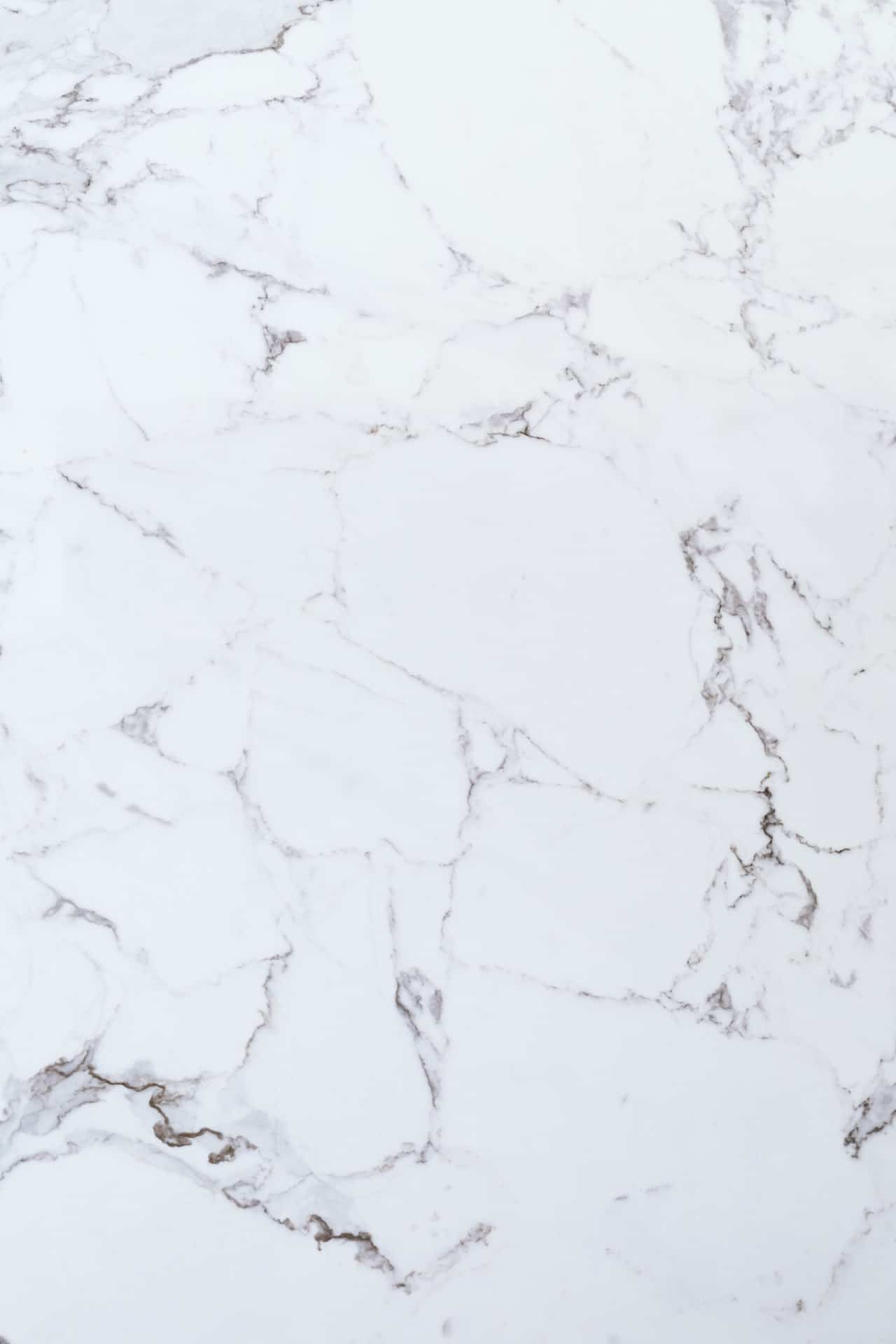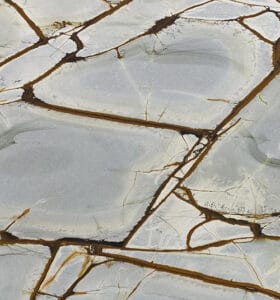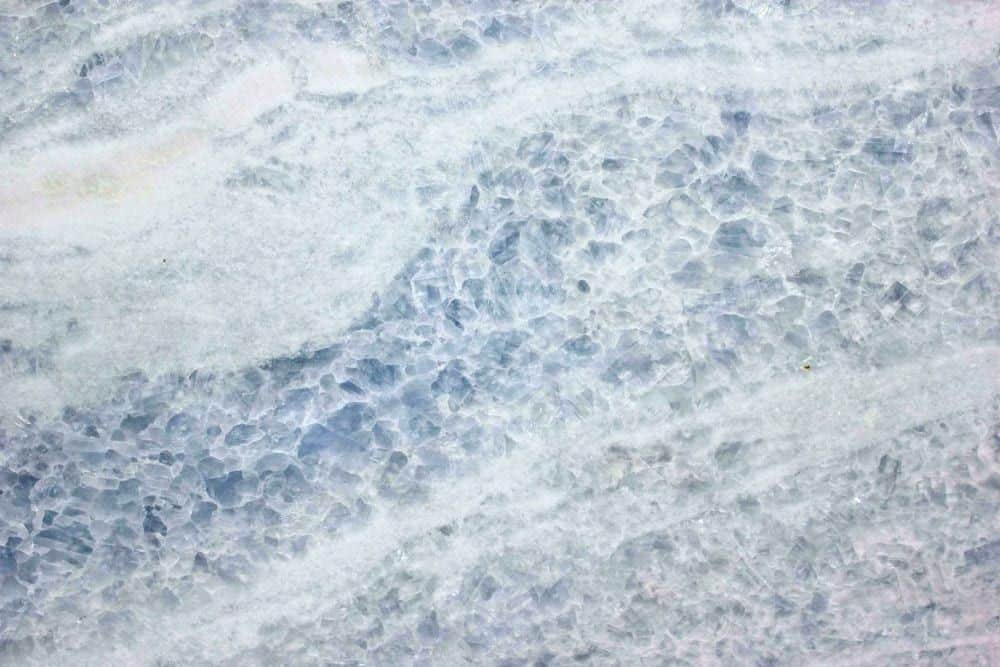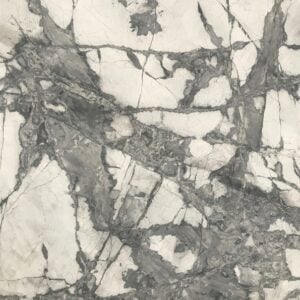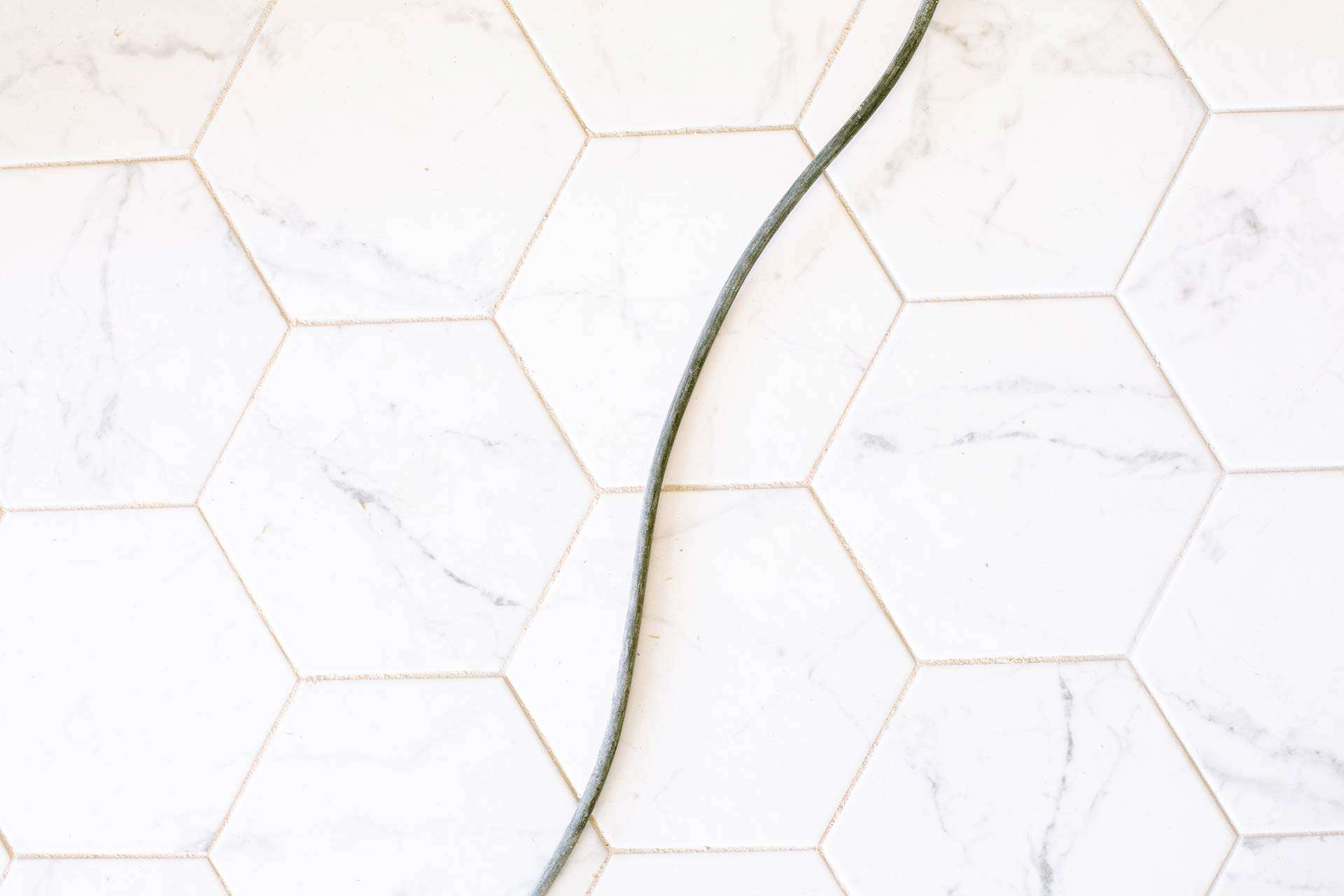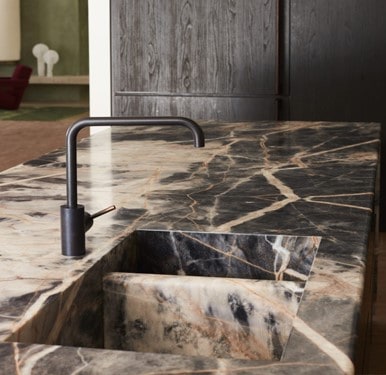Euro Marble is committed to being the premier supplier of natural stone for our customers. Part of that commitment is ensuring that our range of stone offers new and exciting products quarried from the highest quality of sites worldwide.
To help you identify what’s new and fresh in our showroom collection, we’ve listed some of the most recent products from Costa right here.
Macaubas White
Macaubas White–sometimes written as Macubas White–hails from Brazil and offers an untainted and utterly stunning aesthetic for use in your home. The snowy white tone ensures a lightness in any room it’s applied while the subtle shading ensures an aesthetic depth that simply cannot be replicated.
This quartzite stone is highly durable to both pressure and temperature which is why it’s commonly used throughout bathrooms and kitchens. Not to mention the fact that when heated, its internal crystalline structure begins to shimmer, bringing the surface of the Macaubas White to life. For this reason, a polished finish is recommended.
While minimalist and low key in its colour palette, Macaubas makes for a versatile addition and balances the benefits of minimalist design with fabulous luxury of high quality and exclusive natural stone.
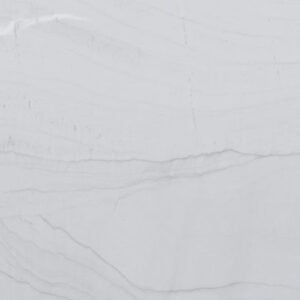
Tundra Grey Limestone
We’re over the moon to welcome a range of Tundra Grey Limestone to our showroom floor. Quarried, as its name suggests, from the Tundra, this grey limestone is known for its evocative cloud like patterns and cool yet sophisticated grey shading.
Being a natural stone, no two slabs of Tundra Grey Limestone are exactly the same. Nonetheless, thanks to its aesthetic style there is plenty of conformity and consistency from slab to slab, making large scale applications in your home (such as the floor or wall cladding) easier to match perfectly. The lightness of this grey stone wonderfully balances the right level of visual depth with a minimalist feel, so you can enjoy both its elegance and aesthetics.
On a practical note, the high density of limestone, Tundra in particular, means that you can incorporate it wherever you want in your home, including the bathroom or kitchen. Its hardy nature–whether polished, brushed, honed or sandblasted–will ensure it retains its beauty for many years to come.
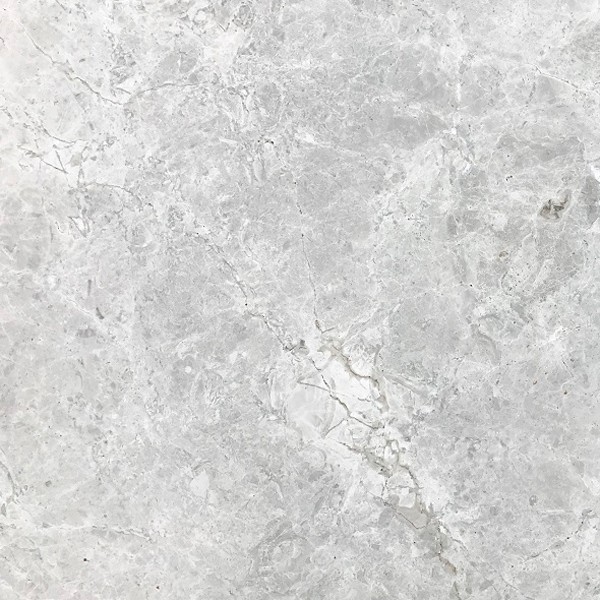
New York
New York marble, also known as lilac marble, is another new and fantastic addition to our showroom here at Euro Marble. Despite its name, New York doesn’t hail from the City That Never Sleeps. Instead, this rare marble is quarried from Turkey and shipped directly to us.
This exquisite stone features the iconic white shading of marble complete with an eye-catching pattern of dark purple veining that really brings the slab to life. Thanks to this fine balance of aesthetic depth and yet subtle colouring, New York is perfect for application throughout the interior of your home.
Popular for more than just its luxurious design, New York marble is relatively rare and for that reason makes for a wonderful addition in any home. To bring this intense and yet refined marble to life, we recommend a polished finish.

Azul Macaubas
Azul Macaubas is a truly stunning quartzite found in the mines of Brazil. Sometimes spelled as Azul Macubas, this blue stone evokes the liberating feeling of both sea and sky thanks to its unique colouring and flowing white wave-like patterns.
Being both exotic in nature and rare in the market, Azul Macaubas has only become more and more popular over time. The blue colouring does vary from slab to slab with options of deep, rich blue available as well as more subtle light blue mixed in with a more classic white grey.
Thanks to the unique feature of Azul Macaubas being both visually arresting while also suitably subtle, it’s a popular stone for use in both domestic and commercial applications. Without overwhelming the senses or overshadowing other decor, this quartzite can infuse a splash of colour in a refined, prestigious way. Azul Macaubas is available with a polished or honed finish.

View our new products for yourself!
There’s nothing quite like seeing our range of brand new marble and quartzite stones for yourself. Our showroom is located at 11 Rich Street, Marrickville, and our friendly team of marble experts would love nothing more than to introduce you to our brand new Costa products. There truly is a natural stone for everyone and no matter what sort of colour, style and pattern you’re after, we’ll find a truly exquisite option just for you.

